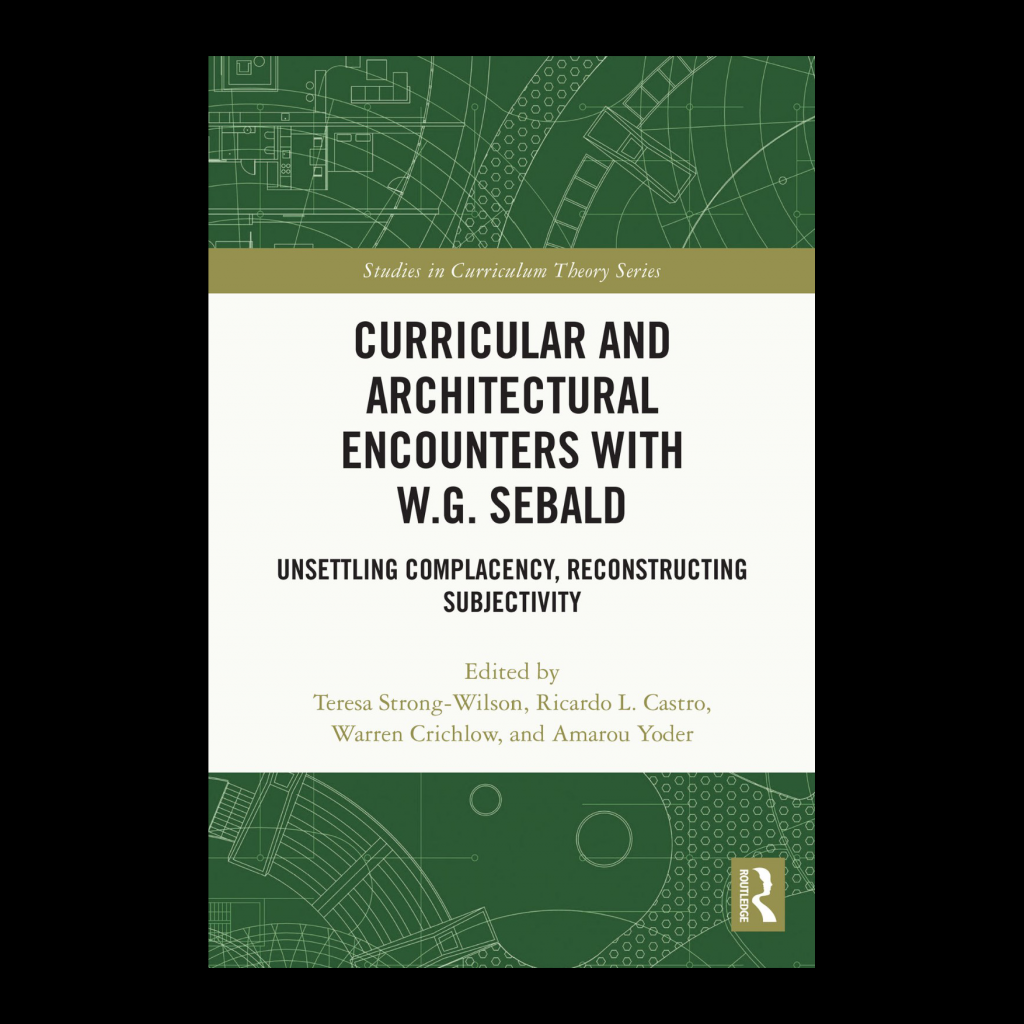New book chapter by Instructor Gonzalo Munoz-Vera: Colonizing Lands and Cultures: The London of Jemmy Button
January 21, 2023
Contract instructor Gonzalo Munoz-Vera has contributed a chapter to a new book that engages with the writings of the influential German writer and academic W.G. Sebald, whose works examine loss, memory, and trauma.
Routledge published Curricular and Architectural Encounters with W.G. Sebald: Unsettling Complacency, Reconstructing Subjectivity in December 2022. The editors of the 340-page volume are Teresa Strong-Wilson, Ricardo L. Castro, Warren Crichlow, and Amarou Yoder.
Munoz-Vera, who teaches at the Azrieli School of Architecture & Urbanism, is a Chilean architect, a PhD candidate at McGill University School of Architecture, and an adjunct professor at Carleton University’s school of industrial design.
His chapter, Colonizing Lands and Cultures: The London of Jemmy Button, recounts British Captain Robert FitzRoy’s “compassionate” mission that led to an unsettling human experiment of having Patagonians indoctrinated and re-contextualized in the heart of the British Empire.
Based on Benjamin Subercaseaux’s 1950 novel Jemmy Button, the chapter centers on the London that Jemmy — one of the adolescents — experienced when he went astray in 1831.


Munoz-Vera took inspiration for the structure of the chapter from W. G. Sebald’s The Rings of Saturn (1998), particularly in searching for the history of places and the places of history through the eyes of the alien visitor.
“As a spin-off of my doctoral thesis, this chapter deals with a reversal of what European colonizers and explorers unveiled when travelling around the globe,” he says. “Having this time an Indigenous adolescent immersed in the capital of the British Empire to indoctrinate him through a Western worldview.”
According to the publisher, the book “engages with the writings of W.G. Sebald, mediated by perspectives drawn from curriculum and architecture, to explore the theme of unsettling complacency and confront difficult knowledge around trauma, discrimination, and destruction.”
Additionally, it “provides essential context for scholars and educators with interests in the history of education, curriculum architectural education and practice studies, memory studies, narrative research, Sebaldian studies, and educational philosophy.”